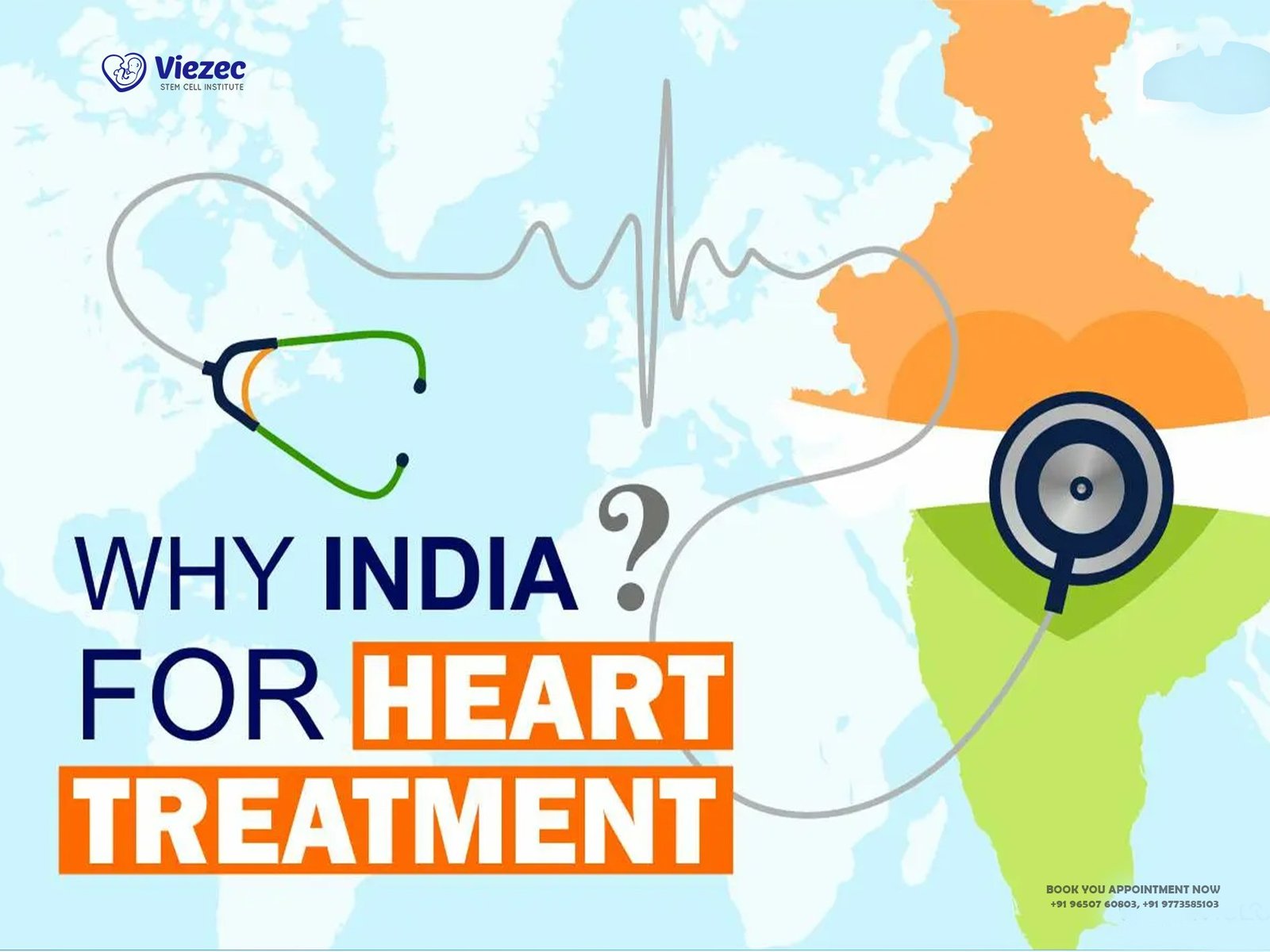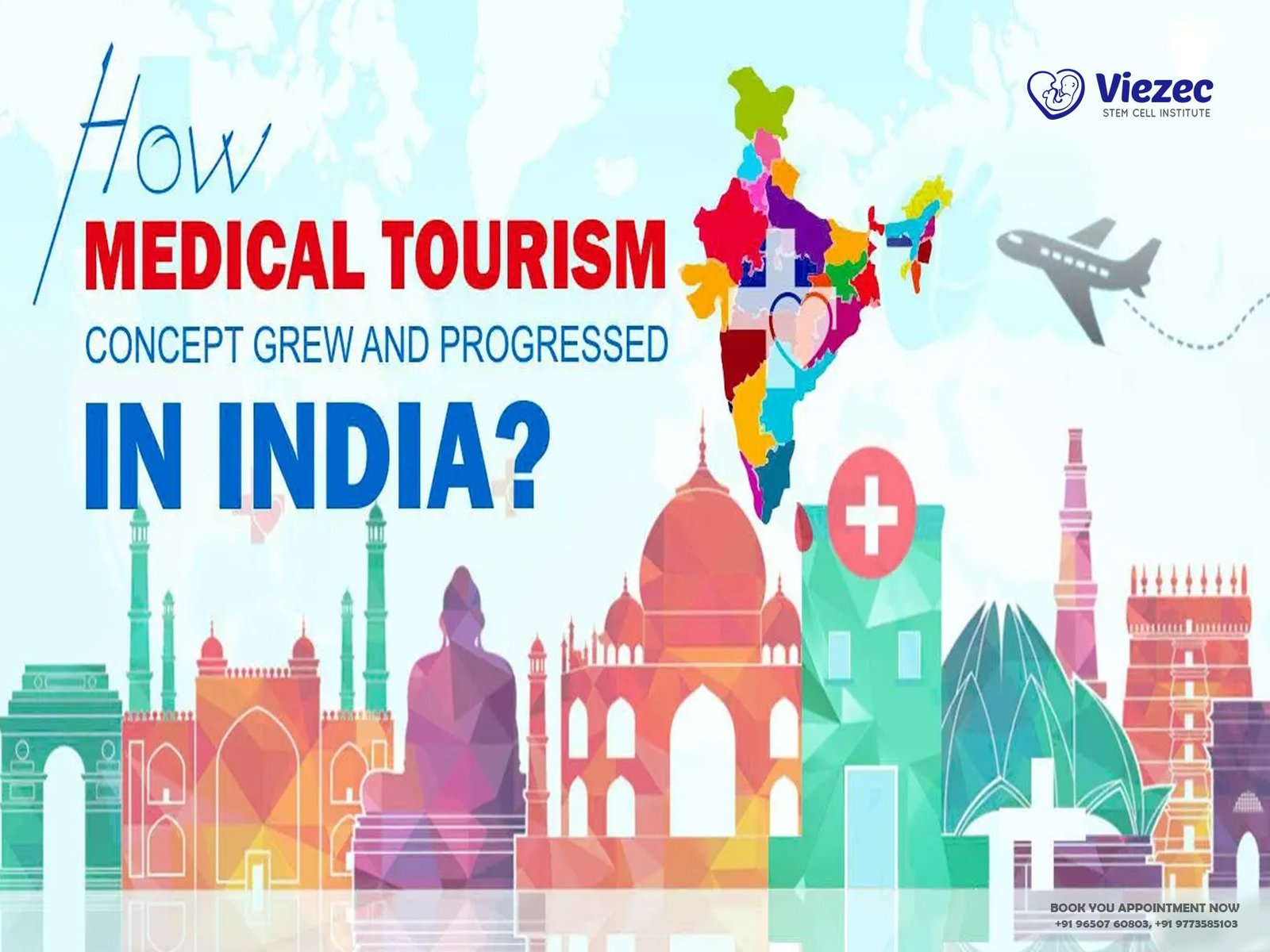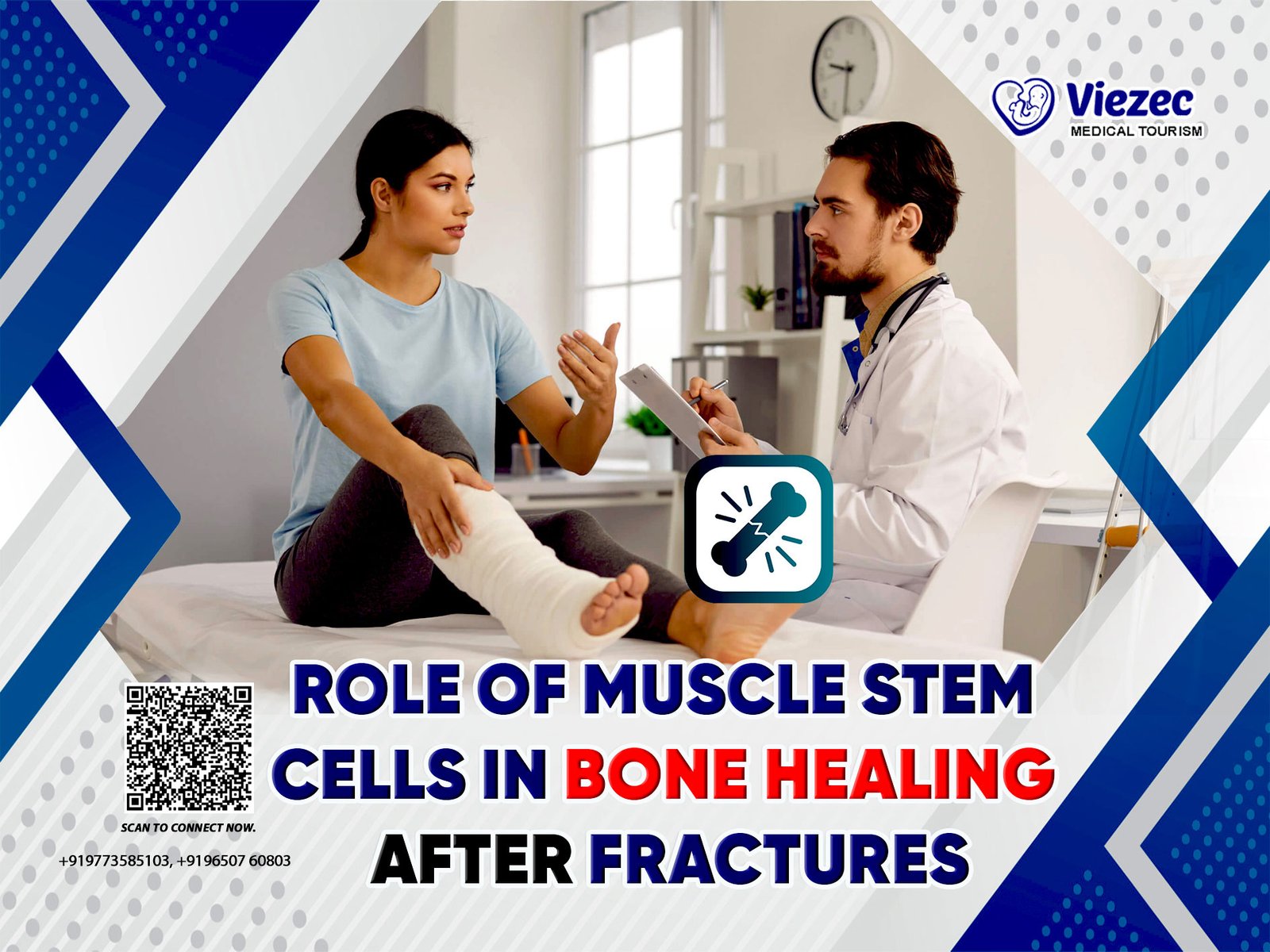In recent years, India has emerged as a prominent destination for affordable health tourism. The combination of world-class medical facilities, highly skilled healthcare professionals, and significantly lower costs compared to Western countries has attracted a growing number of international patients seeking medical treatment. This article delves into the various aspects of affordable health tourism in India, exploring the key factors that make it an attractive option for medical travelers.
Rise of Health Tourism in India
Understanding Health Tourism
Health tourism, also known as medical tourism, refers to the practice of individuals traveling to another country for medical treatment. This phenomenon has gained popularity due to the availability of high-quality healthcare services at more affordable prices in certain destinations. India, with its diverse medical infrastructure, has become a frontrunner in the health tourism industry.
Factors Driving Health Tourism to India
Several factors contribute to India’s growing popularity as a health tourism destination:
Cost-Effective Medical Treatments
One of the primary reasons international patients choose India is the cost-effectiveness of medical treatments. The expenses for surgeries, diagnostic procedures, and other medical interventions are significantly lower in India compared to many Western countries, making it an attractive option for those seeking quality healthcare without breaking the bank.
World-Class Medical Facilities
India boasts state-of-the-art medical facilities equipped with the latest technology and infrastructure. Internationally accredited hospitals and specialized clinics provide a wide range of medical services, including but not limited to orthopedics, cardiology, oncology, and more. The presence of renowned healthcare institutions ensures that patients receive top-notch treatment.
Highly Skilled Healthcare Professionals
The country is home to a vast pool of highly qualified and skilled healthcare professionals. Indian doctors and medical staff are often trained in leading medical institutions around the world, ensuring that patients receive expert care. The proficiency of medical professionals contributes significantly to the positive outcomes of treatments.
Cultural and Historical Attractions
In addition to medical facilities, India’s rich cultural and historical heritage also plays a role in attracting health tourists. Patients can explore the country’s diverse landscapes, historical monuments, and vibrant traditions during their recovery, offering a unique blend of healthcare and tourism.
Specialized Medical Services – A Focus on Stem Cell Therapy
Emergence of Stem Cell Therapy
Stem cell therapy has gained prominence in the field of regenerative medicine, offering potential solutions for various medical conditions. India has positioned itself as a hub for stem cell treatments, attracting patients seeking cutting-edge therapies for conditions like neurodegenerative disorders, orthopedic issues, and certain types of cancer.
Leading Centers for Stem Cell Research and Treatment
India is home to several leading centers for stem cell research and treatment. Institutions such as the All India Institute of Medical Sciences (AIIMS) and private facilities like the Stem Cell Institute of India have gained recognition for their advancements in stem cell therapies. These centers offer a range of treatments, from hematopoietic stem cell transplants to mesenchymal stem cell therapies.
Cost-Effective Stem Cell Treatments
One of the key advantages of opting for stem cell therapy in India is the cost-effectiveness of these treatments. The expenses associated with stem cell procedures, including harvesting, processing, and transplantation, are often lower in India compared to other countries. This affordability makes advanced medical interventions accessible to a broader spectrum of patients.
Success Stories in Stem Cell Treatment
Neurodegenerative Disorders
Stem cell therapy has shown promising results in the treatment of neurodegenerative disorders such as Parkinson’s and Alzheimer’s diseases. Patients from around the world have traveled to India to undergo stem cell treatments, with many reporting improvements in their symptoms and quality of life.
Orthopedic Conditions
For individuals suffering from orthopedic conditions like osteoarthritis or sports injuries, stem cell therapy offers a non-invasive and regenerative approach. The success stories of patients experiencing reduced pain and improved joint function after undergoing stem cell treatments have further fueled the interest in health tourism for orthopedic care.
Navigating the Health Tourism Experience
Planning Your Medical Journey to India
Embarking on a health tourism journey requires careful planning to ensure a seamless and positive experience. Here are key considerations for those considering medical treatment in India:
Researching Medical Facilities
Before finalizing a healthcare provider, thoroughly research the medical facilities available in India. Look for internationally accredited hospitals and clinics with a track record of successful treatments in the relevant medical field.
Consultation and Pre-Travel Preparations
Engage in detailed consultations with the chosen healthcare professionals in India. Discuss treatment plans, expected outcomes, and post-treatment care. Additionally, make the necessary travel preparations, including obtaining medical visas, understanding local healthcare regulations, and arranging accommodation.
Post-Treatment Recovery and Follow-Up
Factor in post-treatment recovery and follow-up care when planning your trip. Ensure that you have a support system in place, and consider the logistics of any required follow-up consultations or rehabilitation sessions.
Challenges and Considerations
Addressing Concerns in Health Tourism
While health tourism to India offers numerous benefits, there are challenges and considerations that individuals should be aware of:
Cultural and Language Differences
Navigating a foreign healthcare system can be challenging due to cultural and language differences. Patients should consider hiring a local guide or translator to facilitate communication with healthcare professionals and navigate daily life in India.
Quality Assurance
Ensuring the quality of medical services is paramount. While India has reputable healthcare institutions, it’s essential to verify credentials, accreditations, and reviews of the chosen medical facility to guarantee a high standard of care.
Ethical Considerations in Stem Cell Therapy
Stem cell therapy raises ethical considerations, and patients should be well-informed about the sources and methods of stem cell harvesting and use. Clear communication with healthcare providers is crucial to address any ethical concerns and ensure patient understanding.
In conclusion, affordable health tourism in India has witnessed a remarkable surge, driven by factors such as cost-effective medical treatments, world-class facilities, and highly skilled healthcare professionals. The inclusion of specialized services like stem cell therapy further enhances India’s appeal as a destination for medical tourism. While challenges exist, careful planning and consideration of the discussed factors can contribute to a successful and fulfilling health tourism experience in India. As the healthcare landscape continues to evolve, India is poised to maintain its status as a leading hub for affordable and high-quality medical care on the global stage.









